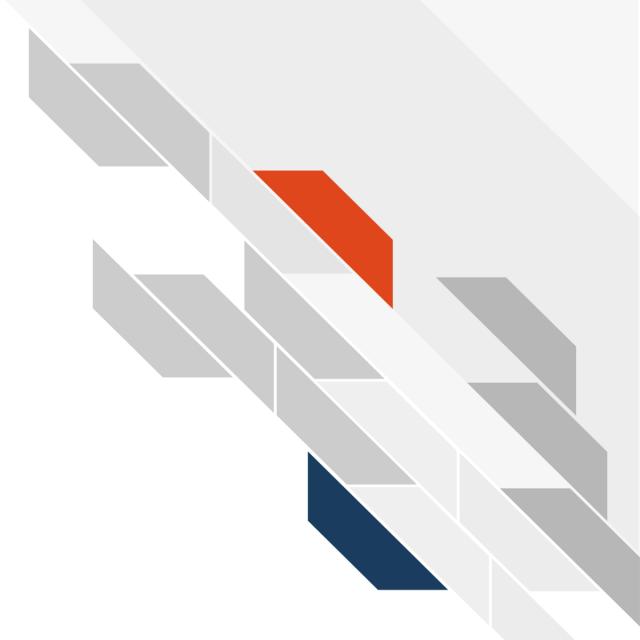MOOC List is learner-supported. When you buy through links on our site, we may earn an affiliate commission.

MOOC List is learner-supported. When you buy through links on our site, we may earn an affiliate commission.
Increasing the usability and quality of documentation for a tool is not only helpful for the researcher users, but also for the developers themselves – the many hours of work put into the product will have a higher impact if the tool is usable by the target user community. 70% of bioinformatics tools surveyed by Duck et al. (2016) were not reused beyond their introductory publication. Even the most well-programmed tool will be overlooked by the user community if there is little to no user-friendly documentation or if they were not designed with the user in mind.
Target Audience:
The course is intended for cancer informatics tool developers, particularly those creating tools as a part of the Informatics Technology Cancer Research.
Learning Objectives:
1. Understanding why usability and documentation is vital
2. Identifying your user community
3. Building documentation and tutorials to maximize the usability of developed tools
4. Obtaining feedback from your users
Curriculum:
This course will demonstrate how to: Understanding why usability and documentation is vital, Identifying your user community, Building documentation and tutorials to maximize the usability of developed tools, Obtaining feedback from your users
The course includes a hands-on exercises with templates for building documentation and tutorials for cancer informatics tools. Individuals who take this course are encouraged to use these templates as they follow along with the course material to help increase the usability of their informatics tool.
This course is part of a series of courses for the Informatics Technology for Cancer Research (ITCR) called the Informatics Technology for Cancer Research Education Resource. This material was created by the ITCR Training Network (ITN) which is a collaborative effort of researchers around the United States to support cancer informatics and data science training through resources, technology, and events. This initiative is funded by the following grant: National Cancer Institute (NCI) UE5 CA254170. Our courses feature tools developed by ITCR Investigators and make it easier for principal investigators, scientists, and analysts to integrate cancer informatics into their workflows.
What You Will Learn
- Why usability and documentation is worth your time.
- How to identify the needs of your user community.
- How to create documentation that increases the impact and usability of your informatics tool.
Syllabus
WEEK 1
Welcome
In this first section, we will discuss the goals of this course and why documentation is so vital to cancer research.
Lessons we should borrow from user designers
In this section, we will discuss broader concepts of usability from the field of user design and what that might mean for informatics tool development.
WEEK 2
What does good documentation look like?
In this section, we will discuss the larger components that make up good documentation that will enhance usability of a tool.
Creating a smooth getting started section
In this section we will discuss how to make a getting started section that nicely eases a user into the concepts and workings of a tool.
WEEK 3
Creating helpful how-to examples
In this section we will discuss the goals and components of how-to examples that will expand your user's understanding and familiarity with your tool.
Creating handy reference guides
In this section we will discuss what aspects of reference guides can help users troubleshoot and answer questions that arise.
WEEK 4
Creating clarifying code comments
In this section we will discuss how well-documented code is a part of a tool with high usability.
Obtaining user feedback
In this section we will discuss how to obtain user feedback to enhance the usability of your tool.
MOOC List is learner-supported. When you buy through links on our site, we may earn an affiliate commission.
MOOC List is learner-supported. When you buy through links on our site, we may earn an affiliate commission.
